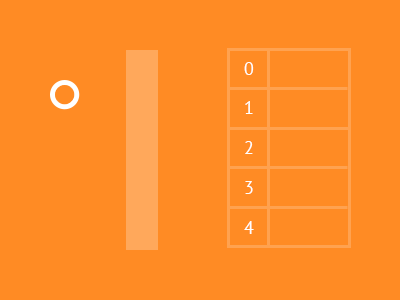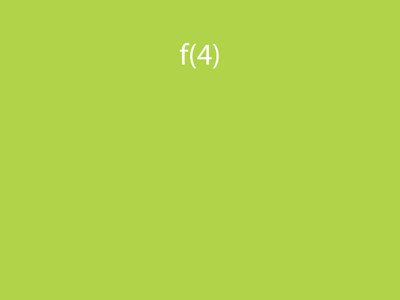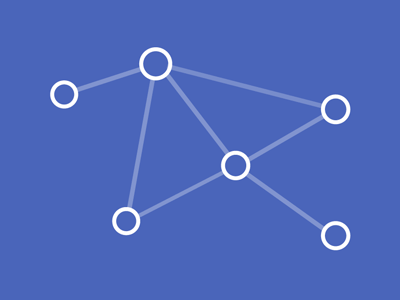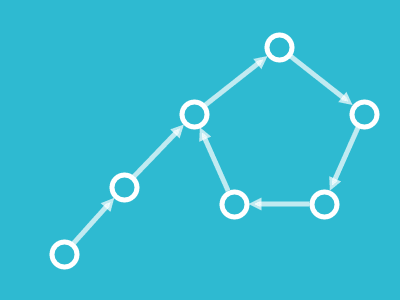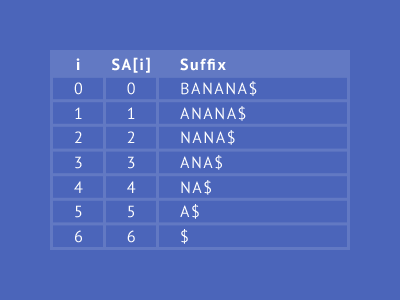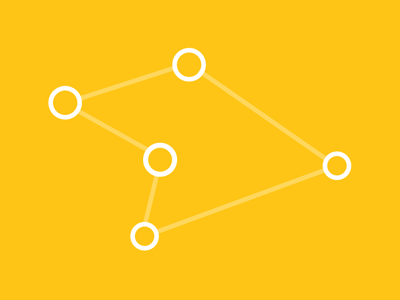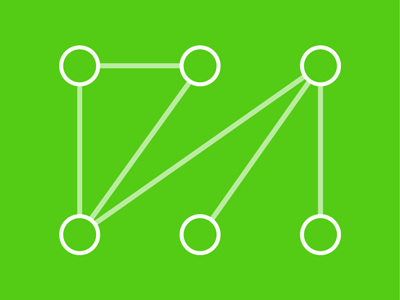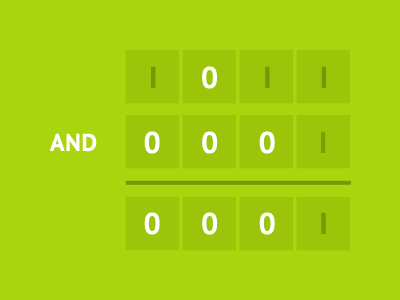Competitive Programming
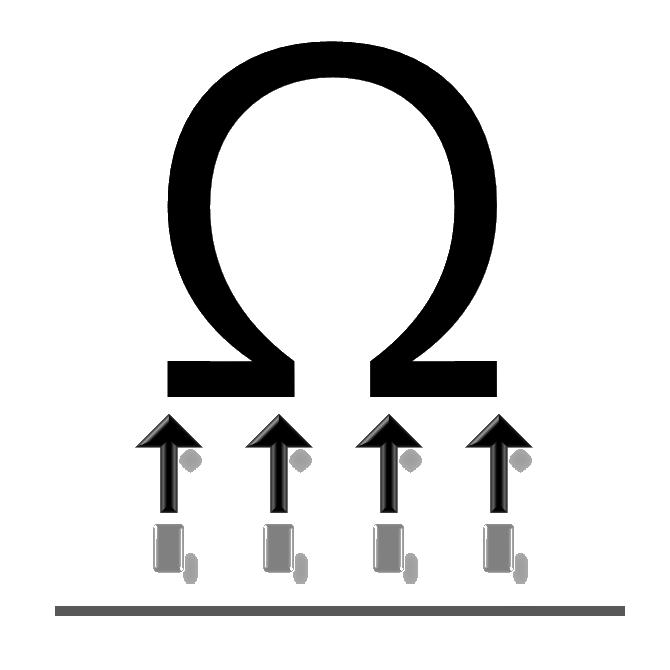
Total Chapters:
8
Number of Pages:
262+4 (cover)
Release Date:
1 August 2011
Translation:
N/A
Selling price (Printed)
This project has been retired
Selling price (eBook)
CP2 is free since 2020, read it here
Book Sales Status at lulu.com
Average daily sales: 1723/1095 (2011-2014) ~= 1.57 book(s)/day.

